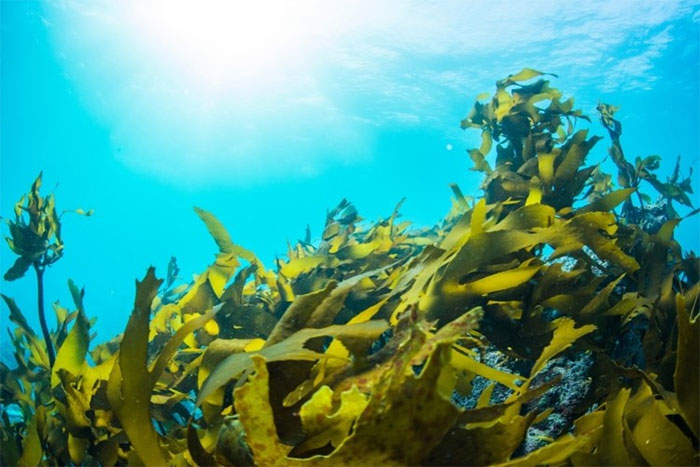Researchers have utilized the seaweed species Ulva, commonly known as sea lettuce, as a new photosynthetic source for generating electricity, producing molecules that transfer electrons to an electrode.
Israeli researchers have developed an effective and environmentally friendly method for harvesting direct electricity from seaweed.

In the dark, seaweed generates electricity at half the rate obtained in light. (Illustrative image: Shutterstock)
This method was developed collaboratively by researchers from the Technion Institute of Technology and the Institute of Oceanography and Geological Research (IOLR).
According to information published on December 28 in the journal of biological sensors and bioelectronics, the researchers used the seaweed species Ulva, commonly referred to as sea lettuce, as a new photosynthetic source for electricity, generating molecules that transfer electrons to an electrode.
This technique produces electricity over 1,000 times greater than that generated by cyanobacteria, comparable to the electricity obtained from standard solar energy technology.
The new method does not use additional chemicals and is considered environmentally friendly because the seaweed does not emit carbon during the day and, even during its growth process, this plant absorbs carbon from the atmosphere and releases oxygen.
The researchers then fabricated a prototype device that directly collects electricity from the grown Ulva seaweed.
Previously, researchers had developed technology to harvest electricity and hydrogen fuel from cyanobacteria, also known as blue-green algae.
However, the downside of this method is that the amount of electricity generated from cyanobacteria decreases in the dark due to the absence of photosynthesis.


















































